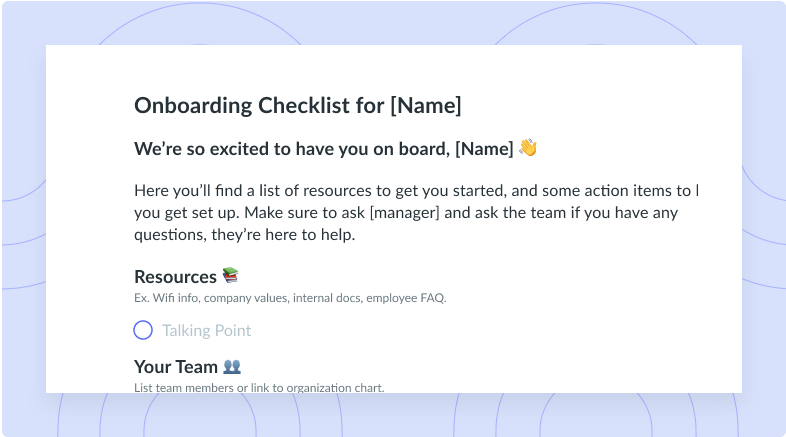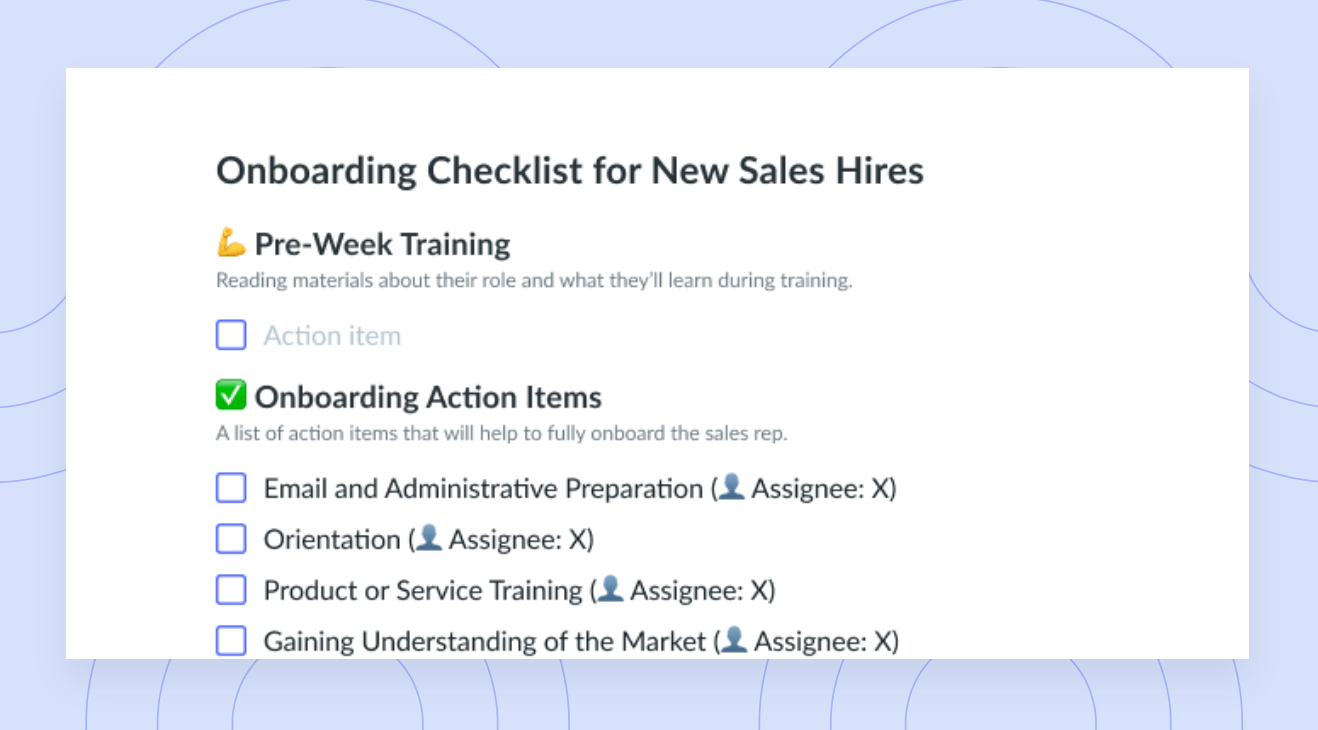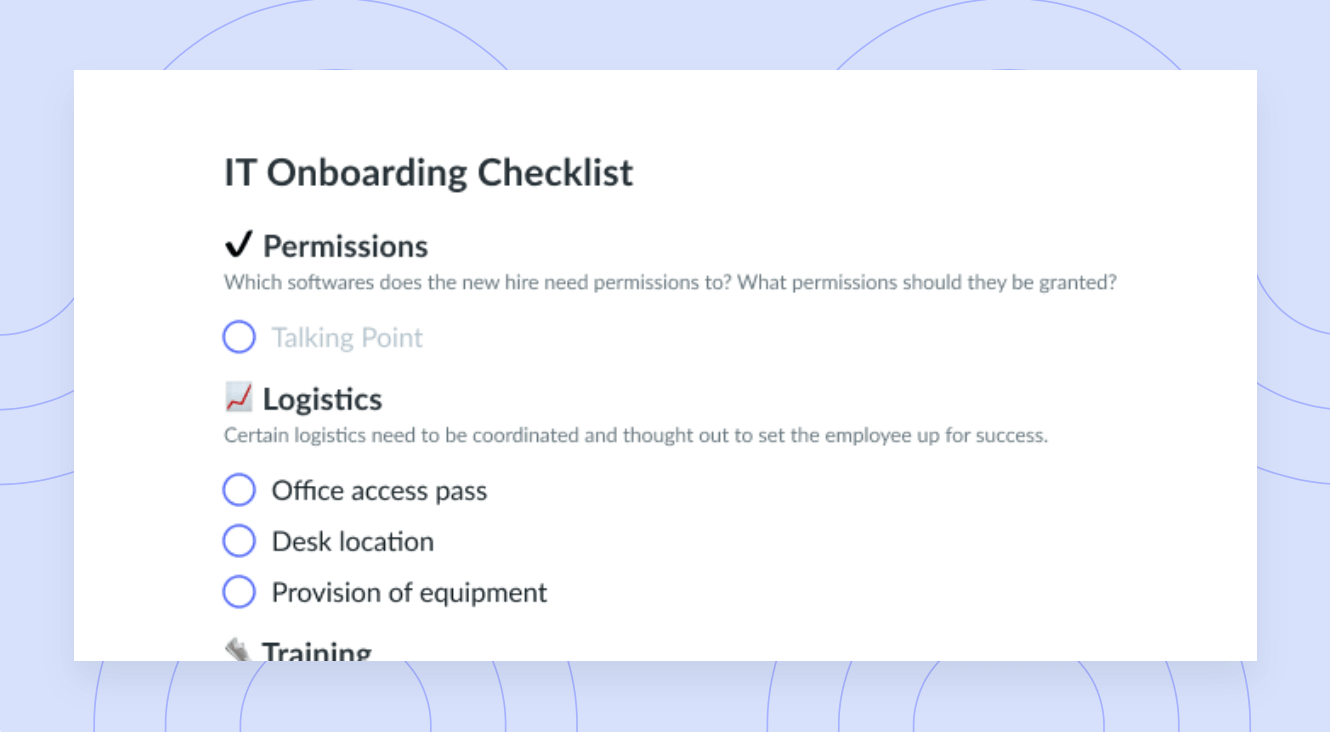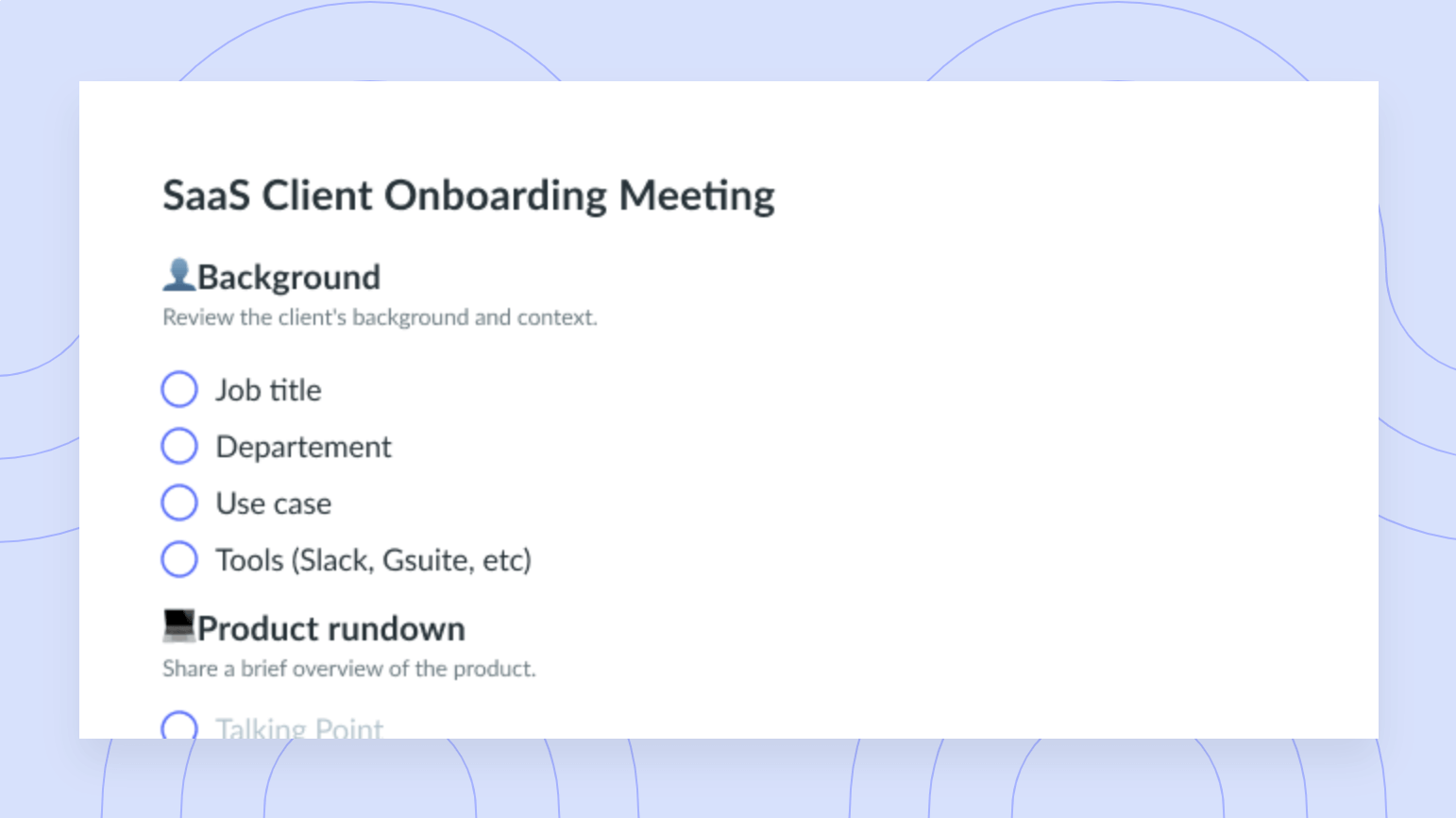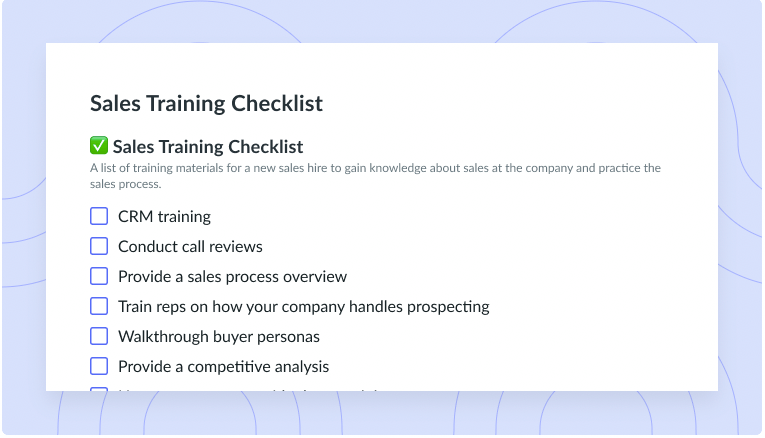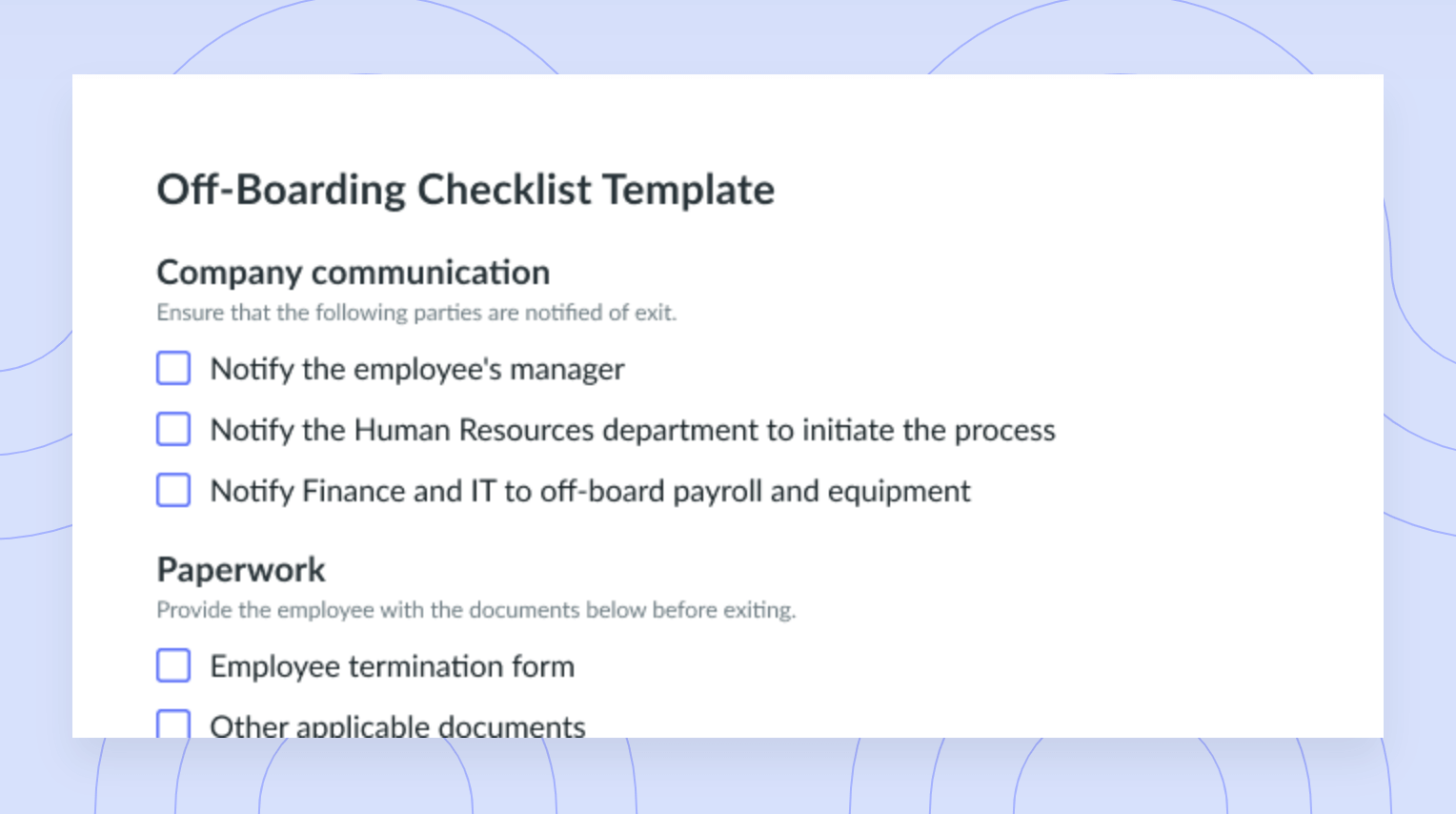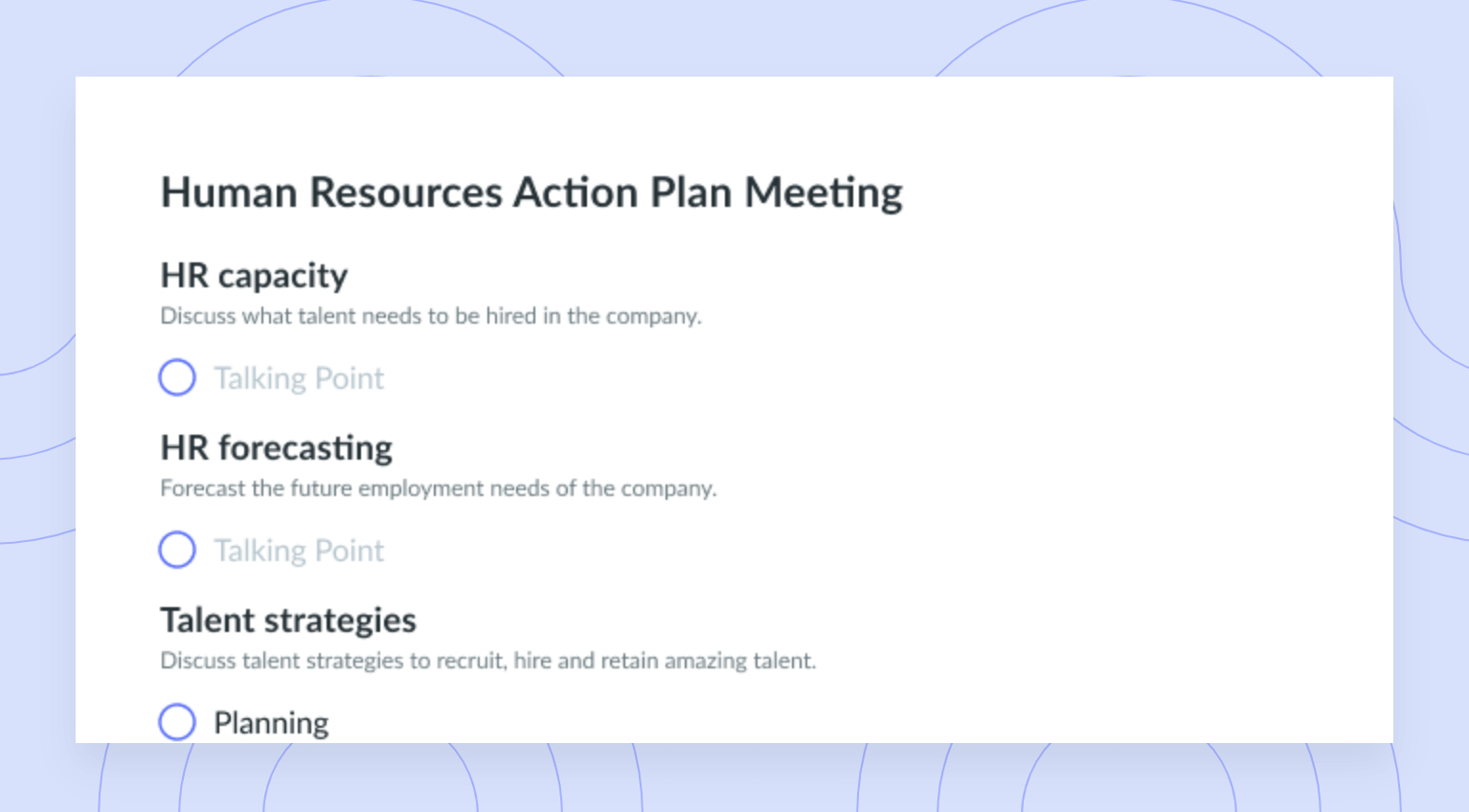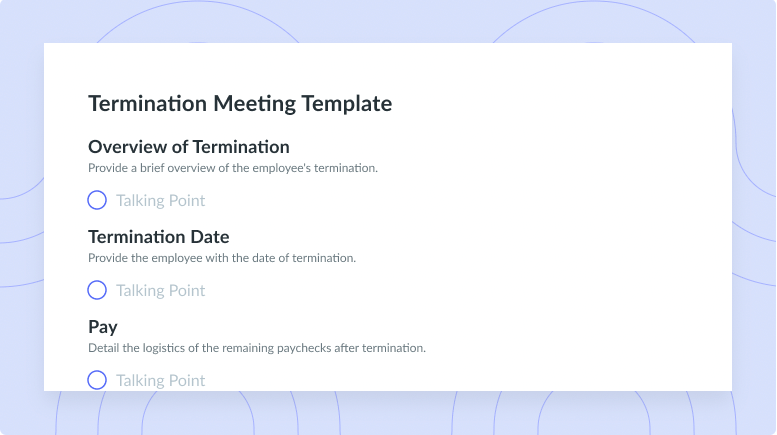The Power of an Onboarding Buddy
Pairing your new hire with an onboarding buddy fosters a faster onboarding time and increases employee engagement and retention; see how here!
It’s proven that having a friend at work is a super important factor in making employees feel engaged. Friendships at work offer social and emotional support to workers and help them feel like they have a place within the company. However, it can be hard to make friends if you’re working in a distributed team, you’re introverted or shy, or you’re not sure if there’s even anything you have in common with your coworkers. We’re here to show you how managers can facilitate friendships with a fun new concept—onboarding buddies!
- What is an onboarding buddy?
- The difference between a buddy and a mentor
- Why onboarding buddies are important
- Key components of an onboarding buddy program
- Examples of successful onboarding buddy programs
What is an onboarding buddy?
An onboarding buddy is a person who is paired with a new hire to help make their first few weeks in a new role more digestible. In a way, an onboarding buddy is the employee’s first friend at a company and acts like a support person to guide the new hire. In some cases, the buddy might be someone from the same team as the new employee, but they can also be from a different team in the company to give some diverse perspectives on how the company operates!
The difference between a buddy and a mentor
A mentor is more about coaching you to improve in your role. Mentorships involve a lot of scheduled reflection times, feedback rounds, and progress reports. On the flip side, buddies just want to check in to make sure you’re settling in well and staying happy. Onboarding buddies take a low-pressure approach to understanding what’s going on at the company and giving you advice in the right areas, so they’re not spending their time measuring your performance the way a mentor might. Buddies are also accessible anytime and can come with you to group events if needed, whereas a mentor is usually available at regularly scheduled one-on-one meetings.

Run efficient meetings, come to a decision, and get back to work
Level up your meeting habits to boost engagement and productivity with a collaborative meeting agenda. Try a tool like Fellow!
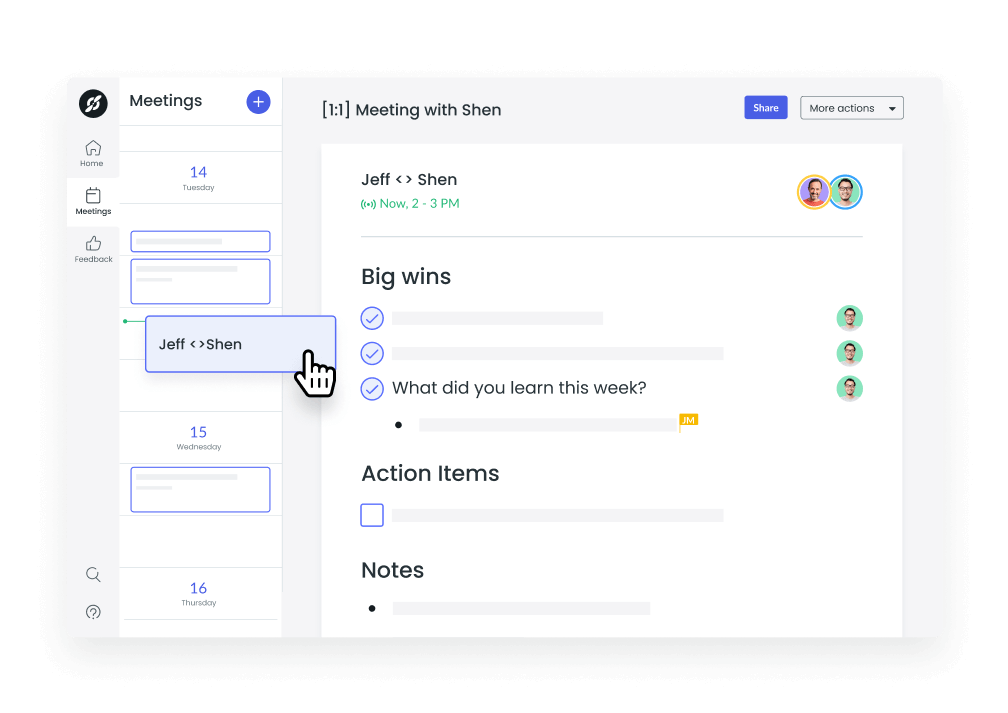
Why onboarding buddies are important
There are a ton of benefits to adopting onboarding buddy systems, such as:
- Faster onboarding time, as buddies can provide context on projects or teams within the company. Buddies also act as a great contact point for any questions the new hire might have.
- Increased employee engagement. Buddies can come to events together, make introductions to other teams, and connect at social events.
- Increased employee retention. Having a friend at the company makes new employees feel welcomed and supported, so they’re likely to stick around. Also, getting an understanding of the company’s operations faster makes them feel equipped with the knowledge they need to succeed.
Onboarding buddy programs were born out of a few key onboarding challenges that companies were facing. For example:
- Small companies don’t usually get a formal human resources (HR) program until they have at least 50 employees. Until this point of growth, there’s a lack of systems to onboard employees or give them a central source for questions and information.
- Really large companies also struggle to onboard employees because with a lot of teams in the company, it’s easy for new hires to feel overwhelmed in a sea of information.
- Distributed teams conducting remote onboarding experiences will know it’s hard to encourage employees to network on their own over digital-only channels.
To combat these onboarding challenges, the onboarding buddy program was born. These are the main things that a buddy can help a new hire with:
- Providing context around company teams and projects
- Making introductions to colleagues outside of their direct team
- Giving tours around the office (and giving good lunch recommendations near the office!)
- Guiding where to get information from or share information with other teams
- Listening about their early experiences at the company
Key components of an onboarding buddy program
- Choose and train onboarding buddies
- Create pairings for new hires
- Align expectations between the pair
- Hold check-in meetings
- Ask for feedback regularly
1Choose and train onboarding buddies
Selecting ideal employees to act as buddies is super important. You’ll want to look for candidates who are great communicators, have the time and energy to dedicate to a new buddy, and have enough experience within the company to guide their buddy around effectively. You’ll also want to consider getting people from a variety of departments, backgrounds, and seniority levels—this will help you when pairing. Train your group of buddies on best practices, communication frameworks, and expectations for the program.
2Create pairings for new hires
Pair new employees with a buddy who is aligned with their experience, background, and role at the company. To help the new hire get the most out of the buddy system, match them with someone who is outside of their direct line of work. For example, don’t pair a new business development representative (BDR) with a sales leader. Likely, the sales leader will already work closely with the BDR. A better match might be a product coordinator, for example, who could give different perspectives about the product they’re building which, in turn, will help the BDR sell better.
3Align expectations between the pair
Both your buddies and new team members are going to want some insights on what to expect in the onboarding program. Set some expectations such as:
- The amount of time the pair should spend together each week. Is the buddy expected to hang out with this person for a full day, or just be available by Slack as needed?
- A required frequency for check-in meetings. For example, do you want them to touch base daily for the first week, and then weekly? When do they have to touch base with you about buddy program success, too?
- The length of time for the program. At what point can you consider the new employee to be well integrated into the team, and therefore the “official” buddy relationship is no longer required?
- The type of communication between the pair. Define if email, videoconferencing, phone calls, or Slack is preferred. Remind buddies to keep their tone welcoming and friendly as their new hire settles in, too.
4Hold check-in meetings
Buddies should touch base with each other regularly to make sure all is going well. Ahead of these calls, both the buddy and the new hire can add any talking points for the call into a collaborative meeting agenda. Working on the agenda together helps both parties understand the other person a bit better and builds trust over time. As a bonus, Fellow will store previous meeting agendas so the new hire can go back to reference important notes down the line as needed! Try this free check-in template:
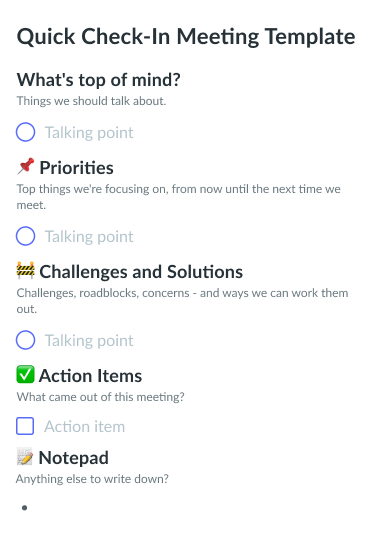
5Ask for feedback regularly
If you’re responsible for building the onboarding buddy program, you’ll want to continuously collect feedback on its performance in practice. Some ways to collect feedback include:
- Hosting retrospective meetings after a buddy pair wraps up their program time together
- Distributing feedback surveys to buddies and the new hires together
- Having one-on-one meetings with the buddy or new hire to get deeper insights
- Hosting group brainstorming meetings with program members to discuss ways to improve the buddy program
With Fellow’s feedback feature, you can give and get feedback on meetings, projects, and performance in real-time, effortlessly.

Examples of successful onboarding buddy programs
There are two enterprise leaders that use the onboarding buddy program in their companies—Google and Microsoft. On one hand, Google’s team still operates mostly in the office, with some opportunities to work remotely for a few weeks of the year. So their buddy system process for new hires is centered around building culture and helping the new team members fit into group events and understand the company’s unique lingo, and also a bit of ensuring that the onboarding checklist gets completed. Because of this hyper-focus on using buddies to promote understanding of the company’s culture, it’s said that Google’s onboarding buddy program performs 25% better than other onboarding buddy programs!
Microsoft, on the other hand, practices a hybrid work environment, so its onboarding buddy program aims to make new employees feel welcome. Microsoft’s program doesn’t have a lot of focus on learning anything specific, as the Microsoft leadership team believes it’s the manager’s job to welcome the employee into new social groups around the company. The buddy’s role then is to be an open ear to hear how the first few days are going and act as a friend to the new hire.
Parting advice
Creating an onboarding buddy system can be a great way to connect new employees with respected members of your team. For startups and small businesses, it can be easier to engage with new coworkers as they join since there tend to be more collaborative opportunities in smaller teams. But large or remote teams can feel distributed or overwhelming, making onboarding buddies a great mitigation strategy! Better yet, buddies can share new perspectives on how the company operates, which accelerates a new hire’s growth even faster. Setting clear expectations, checking in regularly, and continuously adapting the program based on feedback will help you launch a successful onboarding program in no time.





![6 Best Tools for Onboarding New Employees [+ Free Template]](https://fellow.app/wp-content/uploads/2022/10/Tools-for-Onboarding-New-Employees2.jpg)



